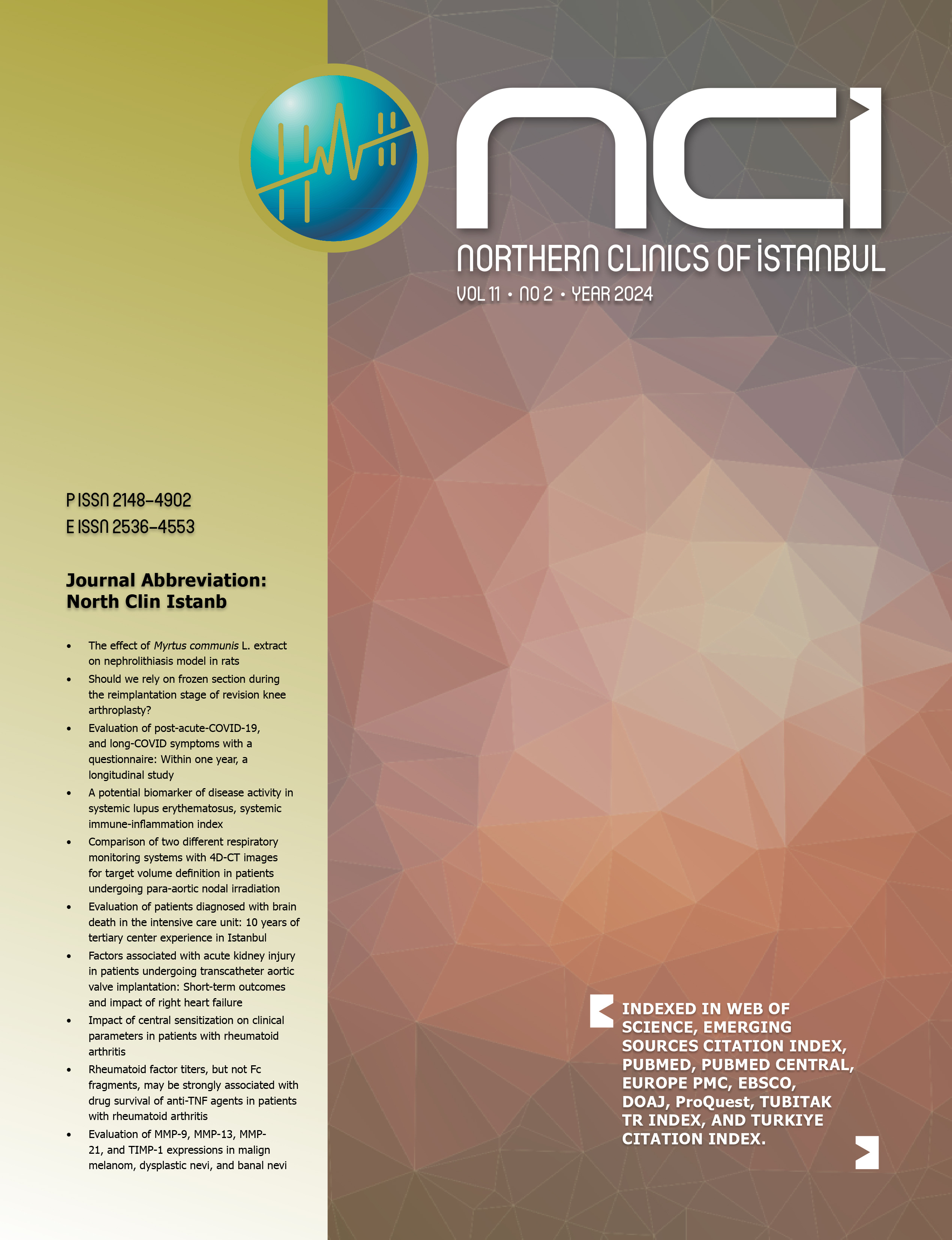Prognostic nutritional index and 28-day mortality in elderly septic patients: A retrospective analysis based on the MIMIC database
Yuewen Yang1, Zhihong Zhou1, Huajie Dai1, Jian Zhong21Department of Intensive Care, Shunde Hospital, Guangzhou University of Chinese Medicine, Foshan, China2Department of Computer Science and Engineering, Chongqing Three Gorges University, Chongqing, China
Objective: Peripheral blood lymphocyte count and serum albumin level are crucial predictors of mortality across various diseases, including sepsis. However, previous studies have focused primarily on individual indicators (lymphocyte count or albumin) in relation to sepsis prognosis. Given the limitations of these single indicators, we investigated the relationship between the Prognostic Nutritional Index (PNI)a composite indicator combining serum albumin level and lymphocyte countand 28-day all-cause mortality in elderly septic patients.
Methods: This retrospective study analyzed data from elderly septic patients in the Medical Information Mart for Intensive Care (MIMIC-IV, v2.2) database from 2008 to 2019. Patients were categorized into survival and mortality groups based on 28-day outcomes, and baseline data were compared between the groups. Restricted cubic spline (RCS) analysis was used to determine PNI values at which the hazard ratio (HR) for 28-day mortality was 1. Patients were then classified into extreme (PNI<29.24 or PNI>47.77) and moderate (29.24≤PNI≤47.77) PNI groups. Kaplan-Meier survival curves were used to analyze cumulative 28-day survival rates, and Cox regression models assessed the relationship between PNI and 28-day outcomes.
Results: The study included 2,121 patients. PNI values were significantly lower in the mortality group compared to the survival group (p<0.05). RCS analysis indicated a nonlinear relationship between PNI and 28-day all-cause mortality risk (X²<0.001, p<0.001), with mortality risk decreasing as PNI increased at lower PNI values. Kaplan-Meyer survival curves revealed that patients in the extreme PNI groups had significantly lower cumulative 28-day survival rates than those in the moderate PNI group (p<0.001). Cox regression models further confirmed that extreme PNI values (either extremely high or extremely low) were independent risk factors for 28-day all-cause mortality (HR=1.349, p=0.004).
Conclusion: To our knowledge, this study is the first to reveal a nonlinear relationship between PNI values and 28-day all-cause mortality in elderly septic patients. Our findings associated extreme PNI values with increased mortality risk, and suggest that PNI may serve as an effective tool for prognostic risk stratification. (NCI-2024-11-1)
Keywords: All-cause mortality, elderly sepsis patients; MIMIC-IV; Prognostic Nutritional Index.
Manuscript Language: English





















